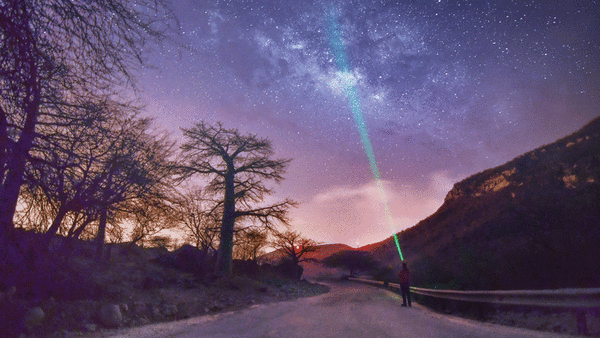

Photos by Dr Sachin Singh
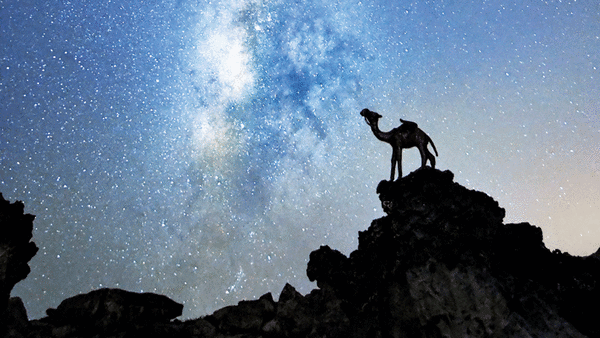
Milky Ways are astronomers’ challenge but photographers’ delight. Of course, one needs passion and patience to have a good view of the Milky Way. For a photographer, it requires a lot of planning, including location, camera setting, and, most importantly, the time when the Milky Way is best visible from the lens.
Dr Sachin Singh, a medical practitioner by profession, is passionate about nature and nature photography. He keeps an eye on the natural cycles and devotes a reasonable amount of time to pursuing his passion.
Excited by the phenomenon of the Milky Way in Dhofar, he took his camera and the necessary equipment to get the best shot of nature’s miracle.
For this, he had to travel several kilometres away from Salalah city, as the impact of the natural light of the Milky Way gets diluted by ‘light pollution’. He ended up getting several good clicks and shared his experience with the Observer.
“The shimmering river of stars. The Milky Way is one of the most popular subjects for night photography and astrophotography, for obvious reasons. It is not as simple as pointing your camera at the night sky when the mood strikes. You have to be 100 per cent prepared. As such, behind every stunning Milky Way photo, some careful planning is necessary by the photographer in order to make it happen.”
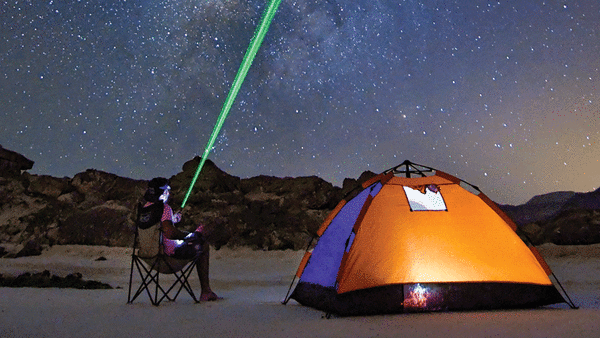
An avid photographer, Dr Sachin advises “two things of great importance to shoot the Milky Way.” “Where to go and when to go. First, you need to go far away from the city to avoid light pollution, and the shoot location has to be completely dark,” he says.
Dark locations, according to him, are diminishing due to progressive urbanisation. As Oman lies in the northern hemisphere, the visibility of the Milky Way during the night is from April to October.
A new global atlas of light pollution suggests that 60 per cent of Europeans and almost 80 per cent of North Americans cannot see the glowing band of our galaxy because of the effects of artificial lighting, while it is imperceptible to the entire populations of Singapore, Kuwait, and Malta.
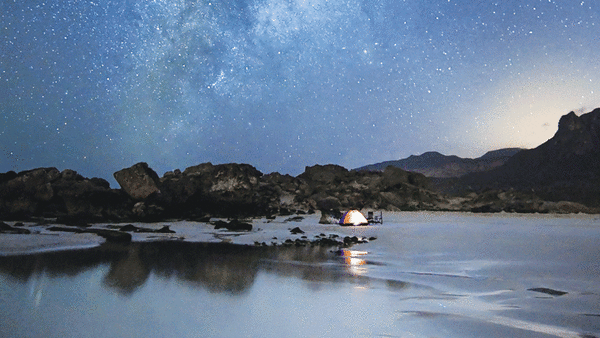
“Overall, the Milky Way is no longer visible to more than one-third of the world’s population,” he says.
The night sky is part of our natural heritage. It is beautiful, it is awe-inspiring, and being able to see it is a way for us to connect to the wider universe and understand our place in the natural world.
“The Milky Way has been an unfailing source of inspiration and wonder, as the fact that I live on Earth in our Solar System. Nothing can clear the mind, elevate the soul, or inspire curiosity more than the Milky Way.”
He connects his love for natural phenomena with childhood memories. “For me, the Milky Way evokes a feeling of awe when I see it. It always has, and it always will. This is partly because it is rare to see now due to light pollution. It’s analogous to spotting a rare bird in your back garden. But I have many memories of seeing this band of hazy light from the dark skies of my home when I was younger. To be able to see the collective light from the stars making up our own galaxy gives a tantalising sense of the enormity of our universe and the structures within it.”
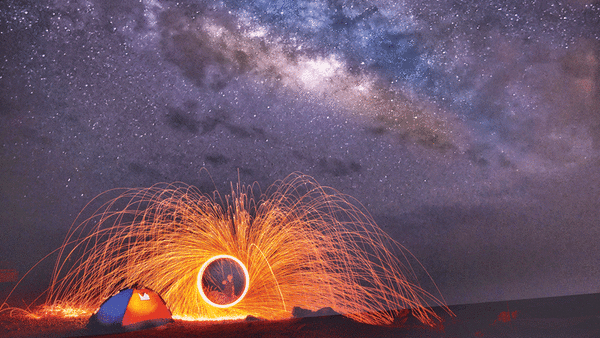
Convinced with the idea of modernisation, he says, “The more high-tech our lives become, the need more nature around us. We need nature; it keeps our senses alive; hence I always take my wife and kids with me to engage in outdoor activities like Milky Way photoshoots, stargazing, camping, and hiking to explore and connect with nature to fulfil our requirement for Vitamin N (Nature) because it spurs creativity and problem-solving skills, especially in kids and improves the immune system.”
Oman Observer is now on the WhatsApp channel. Click here


